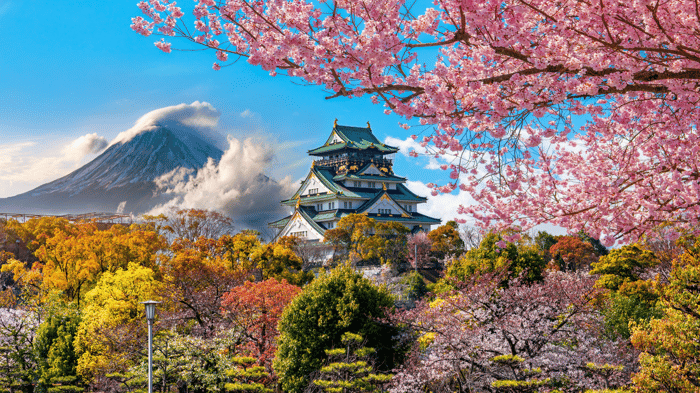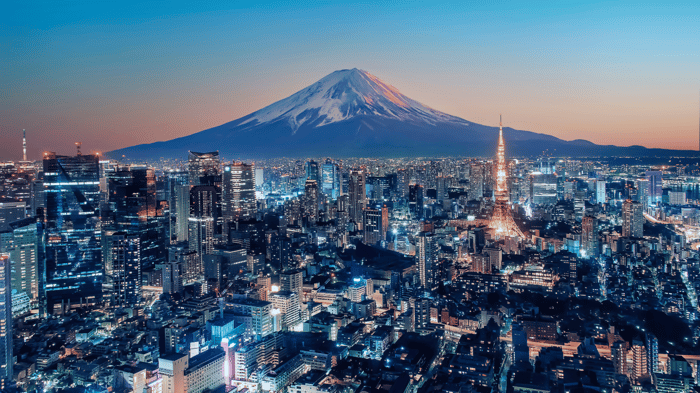Hong Kong to Tokyo
Built by cruise lovers, for cruise lovers, Silver Moon will be the epitome of 21st century luxury travel.
Leaving from:
Hong Kong
Cruise ship:
Silver Moon
Visiting:
Hong Kong •
Kaohsiung •
Incheon •
Incheon •
From
Price shown provided by:
Silversea Cruises
Wellness should be about balanced indulgence, not self-sacrifice - that's the philosophy behind Silversea's new programme called Otium, named after the Roman leisure time dedicated to bathing, talking, singing, drinking, eating and relaxing. The easygoing regime includes a 24-hour room-service menu of comfort food, as well as new spa treatments, relaxing baths and hot chocolate served on your balcony.
596
Passengers
411
Crew
2021
Launched
40700t
Tonnage
212.8m
Length
27m
Width
19kts
Speed
8
Decks
USD
Currency
Cruise Itinerary
Day 1
Hong Kong, Hong Kong
Day 3
Kaohsiung, Taiwan
Days 6 - 7
Incheon, South Korea
Day 9
Busan, South Korea
Day 10
Fukuoka, Japan
Day 10
River travel
Days 12 - 13
Osaka, Japan
Day 15
Tokyo, Japan
Day 1
Hong Kong, Hong Kong

Day 3
Kaohsiung, Taiwan

Days 6 - 7
Incheon, South Korea

Day 9
Busan, South Korea

Day 10
Fukuoka, Japan

Day 10
River travel

Days 12 - 13
Osaka, Japan

Day 15
Tokyo, Japan
Ship Details

Silversea Cruises
Silver Moon
Built by cruise lovers, for cruise lovers, Silver Moon will be the epitome of 21st century luxury travel.
All Prices
